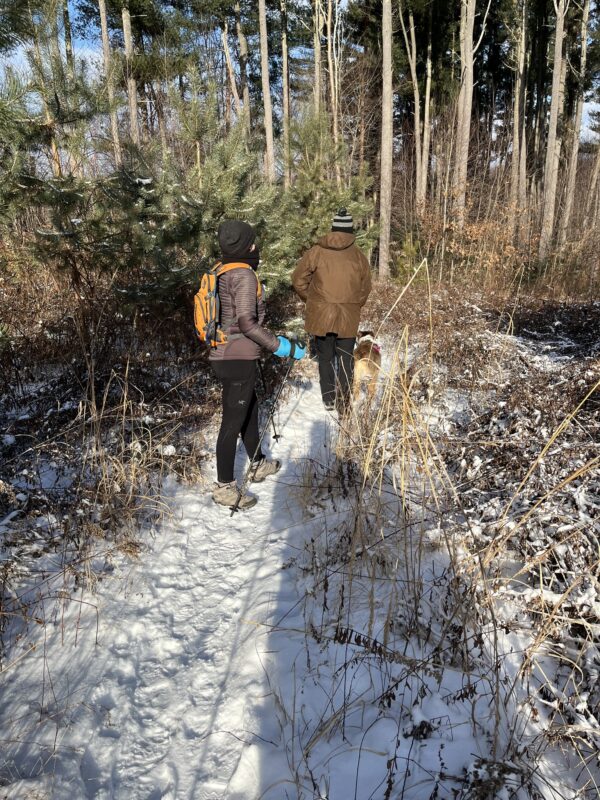By Dr. Paul KochoaPART 1Physical Therapy can free you from chronic pain“I was one who did not believe in Physical Therapy”, says Dean, who after suffering from a motorcycle accident in 2016 and 12 surgeries, tried pain medication but changed his opinion about Physical Therapy.
“Physical Therapy really works… If someone offered me pain medication today, I would not take it… It’s a crutch… Just do the Physical Therapy”, he said.For millions of other Americans, pain is something they deal with every day. Whether it’s from a recent acute injury or surgery or a chronic condition, many turn to pain medications just to lead a normal life. This can lead to side effects or addiction. For Dean, it led to hallucinations.Pain is a multifactorial symptom that is connected to psychological, neurological, sociological, and physiological factors. Physical Therapy can reduce pain more effectively than pain medication, without all the side effects that medication comes with. But how does it work better than medication?
The more we understand pain, the more effectively we can treat it. Because the cause of the pain may be coming from different factors, we have to make sure we can address as many as we can. Pain medication can only treat the neurological cause. It affects the neural pathways and changes how the brain senses pain. But what if the pain is due to a physiological/musculoskeletal problem? Faulty movement or positions can perseverate pain symptoms. There are sociological and psychological factors as well. Stress, fatigue, a bad diet, and your environment can increase the sensation of pain.
Using pain medication to cope with constant pain just to get through the day is no way to live. Not addressing all the causes of pain can lead to a vicious cycle where it never really goes away.
Exposure to chronic pain can change the central nervous system. It changes how your brain works. It is important to understand this process so that the treatment of pain can be effective and permanent.
Physical Therapy is about quality of life, making sure people can do the things they love to do without pain medications or surgery. Physical Therapists are specially trained to address all the factors that contribute to pain and they can refer out to other doctors when further treatment is warranted.
=============================PART 2Physical Therapy can free you from opioid dependencyBack pain can be very debilitating. It affects up to 85% of Americans. It can prevent you from doing the things that you love.
Most of the time, people with back pain will go see their physician and then be prescribed opioids. The problem with this is that oftentimes the opioid medication will only mask the back pain symptoms and can cause dependency. There’s no evidence that opioids are effective at treating back pain. They only mask it until it becomes serious.
Opioid prescriptions can drive the dependency problem. The current medical model places more emphasis on medical imaging, opioid prescription, and surgery. This model doesn’t benefit the patient. It benefits the insurance companies.
“For the carriers that administer health insurance plans, there is far more profit in pills than physical therapy”. (https://www.statnews.com/
2019/03/27/opioid-crisis- insurers-employers-back-pain/? fbclid= IwAR3OEeLrQwCZHCxrIiLtdjIsVnLe VWdyLM8Lgg1FiHItQ96tvC0r6BrV- KQ) The healthcare industry is based on incentives for companies, employers, and physicians to place patients on a long and winding path that benefits the insurance companies’ bottom line.
The most beneficial and proven way to treat something like back pain is education, exercise, and physical therapy.
Physical Therapy can reduce or abolish your dependency on opioids for treating your back pain.
I had this patient come to see me last year. He owned a landscaping company in New Jersey and had back pain for over 10 years. He had set up his truck’s seat with a bolster to support his back and told me that he had been taking Oxycodone for just as many years as he had back pain.
When he came in for physical therapy, he was stiff. His back had lost the ability to bend forward. It was almost locked in a straight, extended position. The bolster in his car was also keeping his back straight. Most probably, when he first started having back pain, whoever he saw instructed him to avoid bending forward, probably because it was the direction that increased his back pain symptoms.
So the surrounding tissue in his back and his joints learned not to bend. The opioids had become his go-to solution to his back pain. He couldn’t sit long, he couldn’t bend to pick things off the ground, he couldn’t do the things at work that he used to be able to do.
We worked on his back via soft tissue mobilization, joint mobilization, core stabilization, stretching, and body mechanics/posture education.
I told him that taking opioids for as long as he had been taking them is no way to live or treat his back pain. We had to work on getting his body comfortable at bending again. We had to work at reducing his anxiety and his belief that bending forward was bad and would hurt his back more. We worked on his sitting posture, his car seat, to be able to round his back pain-free and sit for prolonged periods pain-free.
We ultimately broke his dependency on opioid medication and got him on a regular exercise program that included Pilates.
This is just one example of what physical therapy, education, and exercise can do for treating pain and abolishing the dependency on opioid medication.
PAR 5 Physical Therapy helps active adults get back to doing the things they love to do without pain meds, injections or surgery, in Randolph, NJ. Dr. Kochoa can be reached at paul@par5pt.com


